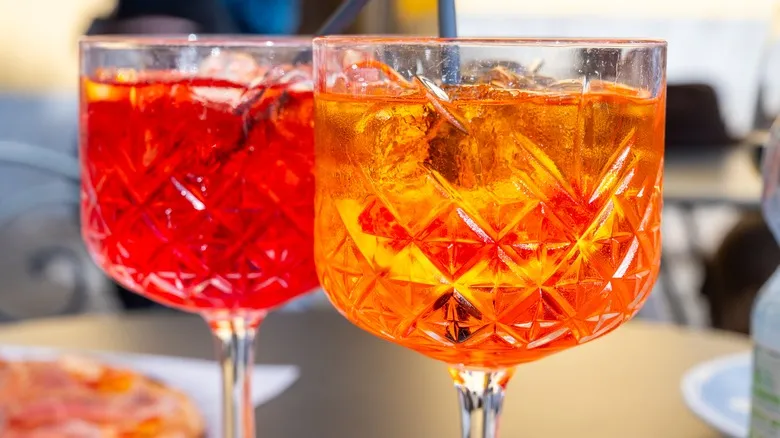Campari is bolder (and older)
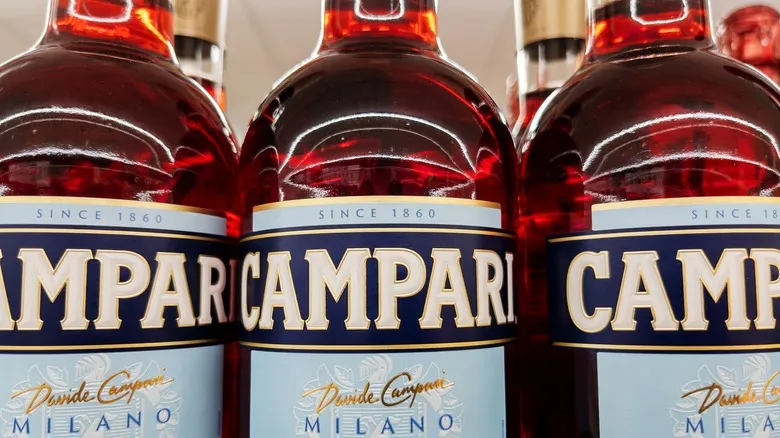
If you're looking for a way to distinguish between these two liqueurs, consider Campari as the more "sophisticated" option, not just in terms of its history but also its potency and alcohol content. Created in 1860 by Gaspare Campari, it was first offered at his café in Milan. The company proudly claims that the original recipe has remained unchanged since its inception, although the specific ingredients are a closely guarded secret. While only the Campari Group, the sole producer of this liqueur, knows the exact components, its flavor profile includes hints of orange peel, wood, and a rich assortment of herbs. The vibrant cherry red hue is also a key element of its brand identity.
Campari has an alcohol content ranging from 20.5% to 28.5% ABV, depending on the market, which is twice that of Aperol. Due to its higher ABV and robust flavor, it is frequently featured in stronger cocktails, such as the classic Negroni, which pairs well with a bold gin to balance the intense Campari taste. Its intricate bitterness and citrus undertones also make it a delightful addition to iced coffee.
Aperol is more approachable for new drinkers
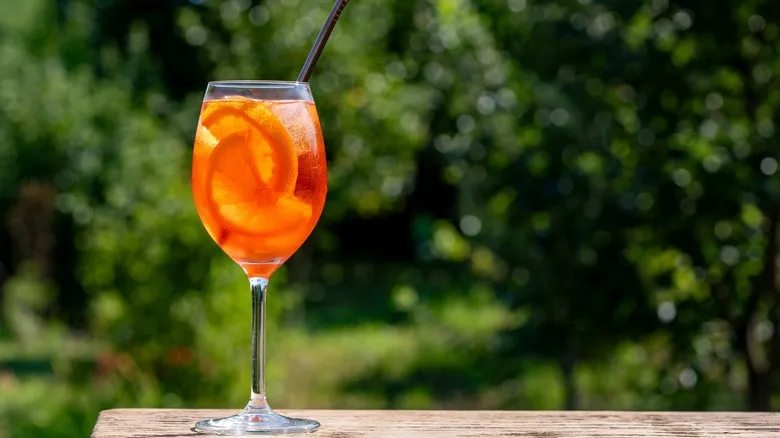
If you're just starting to explore the realm of apéritifs and Italian amaros, Aperol is often regarded as the more approachable liqueur. While it retains a characteristic bitterness, this vibrant orange beverage offers a notably sweeter flavor profile compared to Campari. Aperol boasts tasting notes of orange zest and vanilla, complemented by floral undertones. With an alcohol by volume (ABV) of around 11%, it also has a relatively lower alcohol content. These qualities make Aperol a favored option for lighter, fruitier cocktails, such as the classic Aperol spritz (which you may be preparing incorrectly, despite its straightforward nature).
Aperol was created by brothers Silvio and Luigi Barbieri in Padua, Italy, in 1919, nearly 60 years after the introduction of Campari. Similar to Campari, the precise recipe remains a secret, but it is known to include gentian root, a botanical commonly used to flavor spirits; rhubarb, a tangy, fibrous vegetable; and cinchona bark, which is also a key ingredient in tonic water. Notably, since 2003, Aperol has been produced by the Campari Group, further linking the two liqueur brands.
Recommended

The Creamy Alcohol You Should Never Store In The Freezer
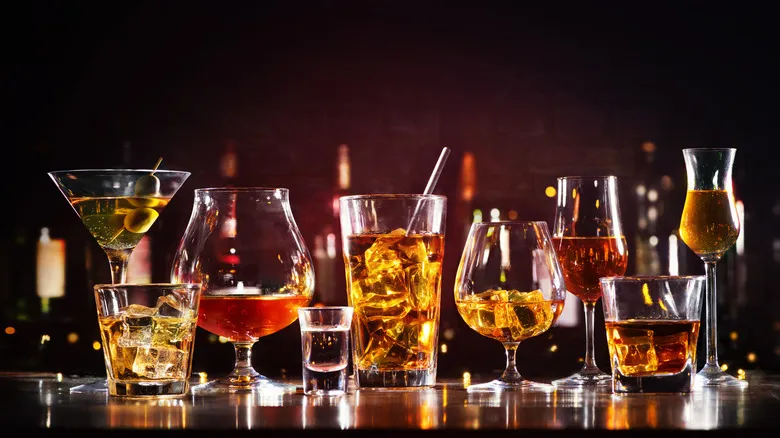
Does Alcohol Ever Actually Go Bad?
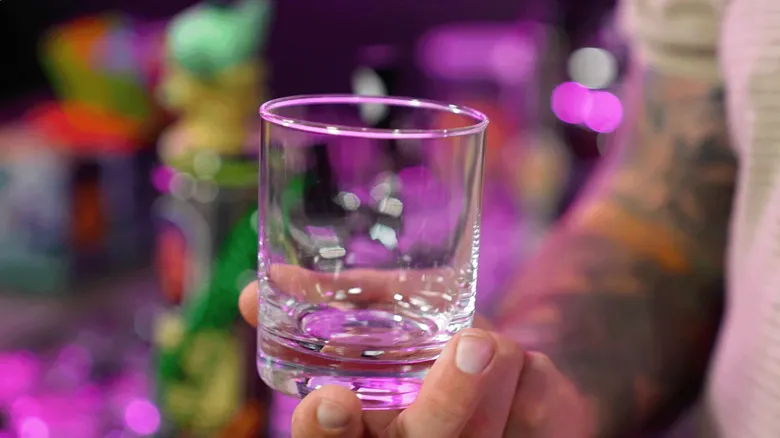
How To Salt A Margarita Glass - You're Doing It Wrong All Wrong
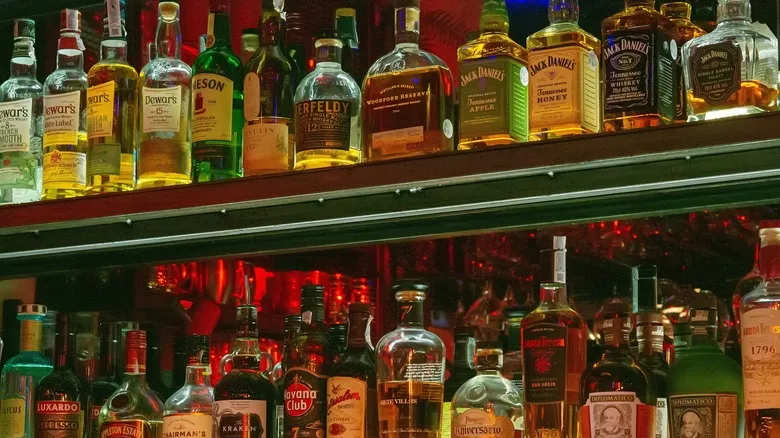
Does Liquor Actually Expire?
Next up

